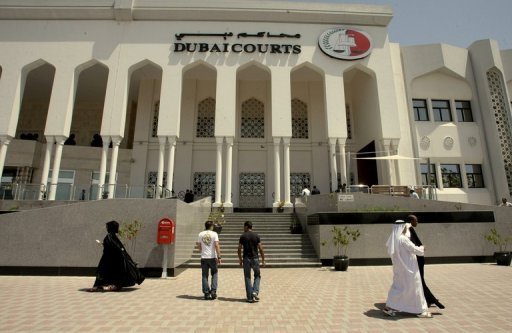CAIRO: It’s almost midnight on a warm Wednesday evening, and Dokki is thick with traffic. The only green spaces here – the public park opposite Cairo University, and Giza Zoo – closed hours ago. The nearest football pitches are in Gezira club under Sixth of October Bridge in Zamalek, and they too are closed.
Dokki may not be the most welcoming environment for a game of football, but there are kids playing everywhere: in the quiet cul-de-sacs; in empty parking lots; and on patches of tarmac alongside the main road. Nothing speaks more about Egypt’s love of football than the streets of Cairo late at night.
There are two games running side-by-side on a mend of land between the now dormant Cairo University and the busy main road, divided into makeshift playing fields by separation barriers, which guide cars in the University’s front gate during the day.
On one pitch there is a bunch of kids no older than 12 years old, playing beside another group of teenagers, chasing after the ball like their lives depended on it. Size restrictions limit the game to no more than 10 players at any one time, making Hamdy and Osama, who are watching from the sidelines, surplus to requirements.
“We play here most nights, says Osama, who lives in Manyal. “This place is famous for football. His friend Hamdy, dressed in a shabby t-shirt, torn tracksuit bottoms and runners almost worn through, has come all the way from Sayeda Zeinab. “It takes an hour in the bus, he says, “but there is nowhere to play in Sayeda.
Most of the kids playing here, like Osama and Hamdy, come from modest backgrounds, and some are even playing barefoot. In this way, Egyptian football’s working class roots are no different to those of the great footballing nations the world over.
The streets of impoverished post-war London, Manchester and Newcastle produced the great England side that won the 1966 world cup; Brazil consistently fields World Cup winning sides with players who received their footballing educations in the ‘favelas’ (slums) of Sao Paulo and Rio de Janeiro, using sellotaped balls of newspaper as footballs; and Maradona, arguably the greatest talent of all time, grew up in abject poverty, in a shantytown, just outside of Buenos Aires.
Football is less about grassroots, than concrete ones.
By pooling their resources, however, the kids here manage to buy synthetic leather footballs of outstanding quality.
There’s a loud bang, followed by an uproar of laughter – the football has ended up under a passing bus. One of the kids pulls another out of a bag and they kick off again. Environmental hazards means the kids playing here will often go through two or three balls a night.
It’s now 1 am, the traffic has eased off, and the games show no sign of letting up. A microbus pulls up and 10 guys, in the 18-20 age group pile out, wearing football jersies of many of the top clubs in Europe – AC Milan, Barcelona, Chelsea and Manchester United are all represented.
With the premium spots taken by the kids and the teens, they resign themselves to a thin strip of terrain, no more than five meters in width. And the skills they display would make David Beckham blush.
They flaunt slick passing movements, neat touches, and spatial awareness no glitzy academy of excellence could ever hope teach. They thread passes through the tightest of spaces, and find space where none seems to exist. Some of the dribbling runs they set off on are jaw dropping.
These players demonstrate an understanding of the game only a lifetime of playing on the streets could impart, and a passion sorely lacking in the commercial carnival that has become modern football. It is a privilege just to watch.
“I’ll probably play until about 4 am, says Hamdy. “I’ll go home, sleep for a few hours, and then go to work. Then (tomorrow night) I’ll get the bus back here.
Work. Sleep. Play. The basic ingredients that produce the most beautiful football are the same here as they are the world over.
When, you wonder, will the kids from Egypt’s streets, hold the World Cup aloft as those from Rio and Sau Paulo have done time and again?





